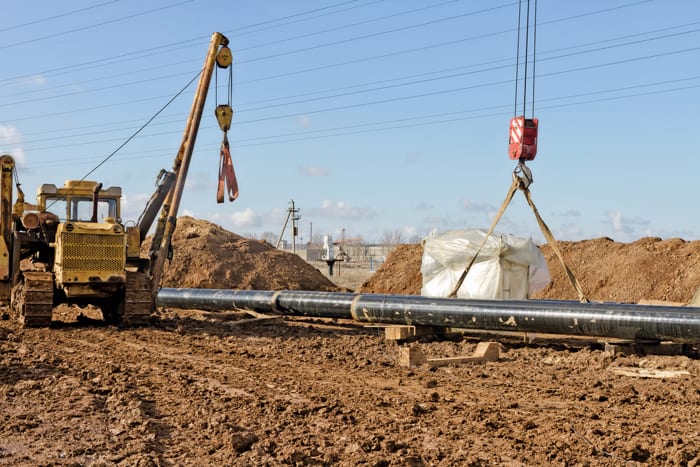Despite a 140% boom in U.S. crude oil production and a 50% jump in natural gas output since shale took flight in 2008, the midstream infrastructure piping this new supply around the country has not kept up. This is a major problem for the U.S. because pipelines are easily the safest and most economical way to transport energy.
According to modeling from the U.S. Department of Energy in the Annual Energy Outlook 2019, oil and gas will still supply the bulk of U.S. energy through at least 2050. The Permian basin in West Texas, giving a third of all U.S. crude production, confronts a pipeline bottleneck from a surge of activity. Couple that with the fact that many miles of oil and gas pipelines that were built before 1960 (some as old as the 1920s) are still being used today. That means nearly 50 percent of the U.S. pipeline systems are at least 40 years old. The aging infrastructure has very real consequences that could play out within the next few years:
- regional bottlenecks
- supply disruptions due to leaks and maintenance shutdowns
- increased potential for environmental damage
- safety concerns
To meet increasing demand, pipeline operators are adding pipelines, pumping and compression horsepower, reversing flow direction, and converting pipelines from one product to another. These changes are putting the aging pipeline infrastructure to the test.
What Can Be Done?
There are some remedies in development, and many companies are tackling the aging system head on. Robotics, high-tech materials, and coatings are being implemented on older lines working to prevent leaks. However, all of these “fixes” are either recent or still in development, so their impact on the industry and their potential to cure for aging infrastructure have yet to be seen.
The current answer seems to lie in rebuilding the lines. The American Petroleum Institute (API) reports that capital investment in oil and natural gas infrastructure increased 60 percent, from $56.3 billion to $89.6 billion, from 2010 through 2013. The API projected that investments would average $80 billion a year between 2014 and 2020. It is fair to assume that the percentage of this investment dedicated to the installation of new pipeline will lead to the retirement of old, decaying pipelines.
An increase in demand and aging infrastructure requires constant vigilance, smart planning, and innovative solutions.


